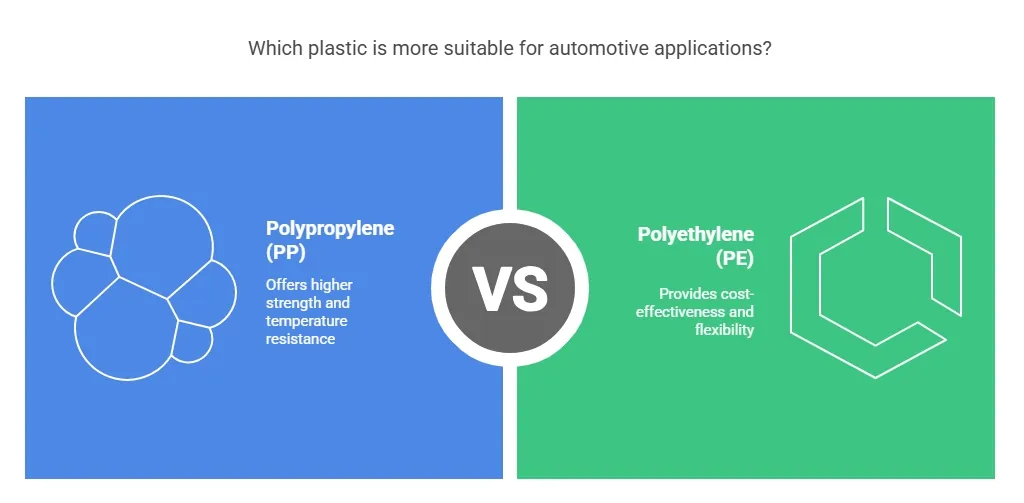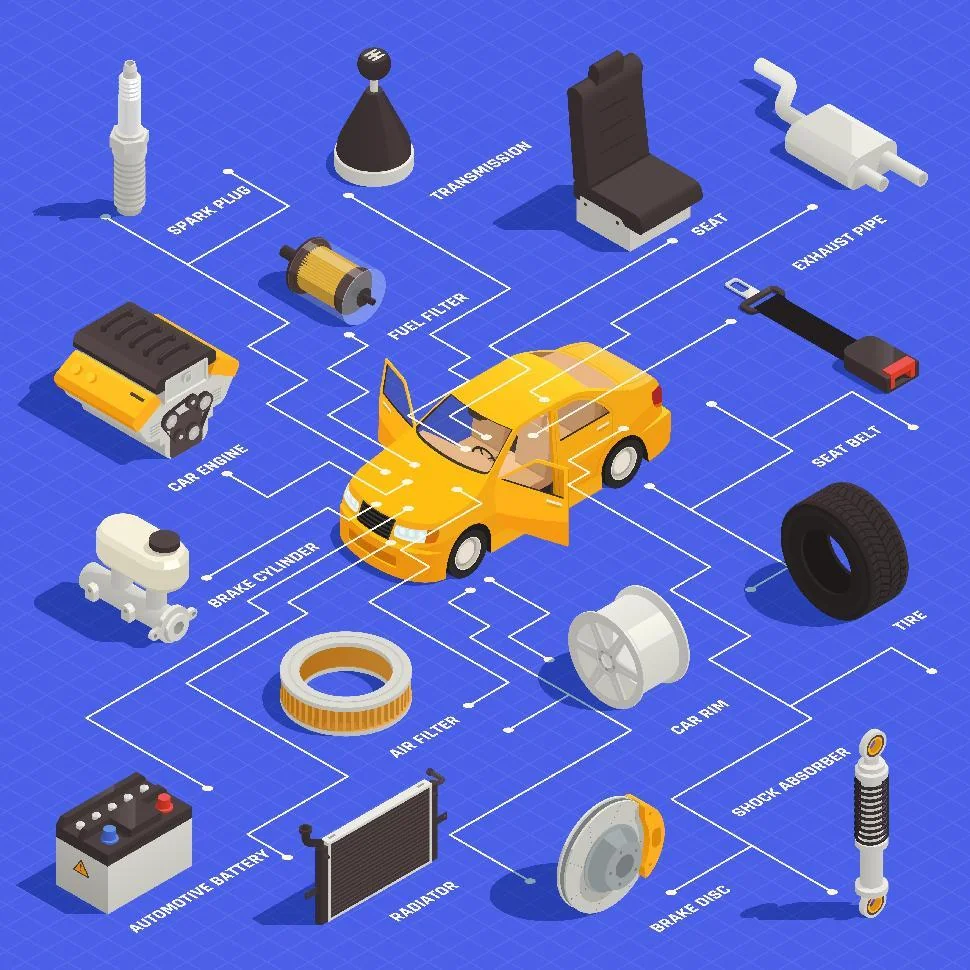Sheet metal manufacturing is probably one of the most sought-after services outside regular manufacturing around the world. The automotive industry is perhaps the largest recipient of these services since a lot of people love to keep older cars in great shape. We have been exposed to this trend in more than one too many reality shows where a business owner with enough showmanship goes around handling modifications or customizing cars.
Pop culture was not what brought the attention of sheet metal manufacturing to the masses. Hot rods and Grand Prix races did quite a few years ago. They were the first industry to work with specially customized cars that were built to run races. This show was deemed so popular that it has derived in several variations and leagues all over the world. While the pilots get the spotlight of the media, most of these machines are the ones deserving of credit.
Table of Contents
ToggleA Trip Back to 19th Century
Grand Prix races were a thing in France long before sheet metal fabrication was a coined term. The motor racing discipline started in the country back in 1894, and it was insanely popular. Car manufacturers lend their talents to modify their cars and their engines to race and compete. A paper named Le Petit Journal organized the first official Grand Prix race. The vehicles would have to race 126Km from Porte Maillot, cross the Bois de Boulogne, and get to Rouen.
The race was called the Paris–Rouen rally. Jules-Albert de Dion won the event after 6 hours. This trip down memory lane is great to see how much technology has come since those days. At the time, all the cars in this race were customized differently. It was evident by the times achieved by the competitors. Jules-Albert was competing using a steam-powered vehicle, but the judges of the competition gave the victory to Albert Lemaitre. This pilot was driving a Peugeot.
The New Take on Automotive Customization
Sheet metal fabrication is applied in many forms in the automotive industry. One of the most popular modifications is the structural frame of the vehicle. A lot of people love to place a new setting over the main fabrication of the built on the car to reinforce it. This makes the car nearly impervious to damage, but it can do a lot of harm to the pilot if he doesn’t wear protection.
There are also several sub-industries working with sheet metal manufacturing methods. Most of them are specialized workshops created to please some very niche customer bases. The following are some of the most popular industries out there using custom-made sheet metal fabrications:
· Customizing and Modifying Cars
Customizing cars is probably the most popular trope in sheet metal manufacturing. It’s usually done following the preferences of the owner of the vehicle. Sometimes the task it’s as easy as swapping a part. Other times it can be an intricate task like a rework on the chassis of the vehicle. It can be a complete transformation that includes the rearrangement of the engine, or including additions to make the car look like a prop. You can find a lot of guys these days with customized cars to make Camaros look like the 89’s version of the Batmobile, or people modifying basic Renault build to make them look like Deloreans. Projects like these take a lot of engineering and money to make them look right.
· Roll-Cage Fabrication
Placing a roll cage on a vehicle is a work of precision. Engineering has a lot to do in this regard by making full studies on the maximum speed achieved by the car. Those figures will help the customizer to create the best possible work using the right metal sheets suited for the job. Roll cages are built for safety, but as we previously stated, you need to wear the proper protection if your car has one. The stronger built can do some damage to you as well.
· Vintage Restoration
If you ever watched American Restoration, you probably know that modern sheet metal manufacturing techniques can be used to give new life to antique pieces and cars as well. This kind of work also demands the right set of eyes and precise skills. Most antique pieces have little to no reference at times. Technicians have to make do with what they have in hand to make the restoration a success.
· Unitized Body Restructure
Every single car out there is assembled in parts. That’s why they are so easy to assemble. A lot of people don’t like this because they feel it makes their vehicles less safe. To fix this, they go for a unibody for the mainframe of their car. This build is simply a one-piece frame that holds the whole structure of the vehicle. With this frame on their insides, any car can withstand the impact of a hit without getting obliterated.
· Repairs and Restoration
If you have ever wondered why there is such a large market for vintage cars, it’s because a lot of people don’t like to change their vehicles that often. Car companies update their models every year. Some of them perform better than previous years, while others get a downgrade. Those who are knowledgeable about cars like to stick with something they know will work. This is why they keep depending on sheet metal manufacturing techniques to keep their vehicles working as silk and looking great.







